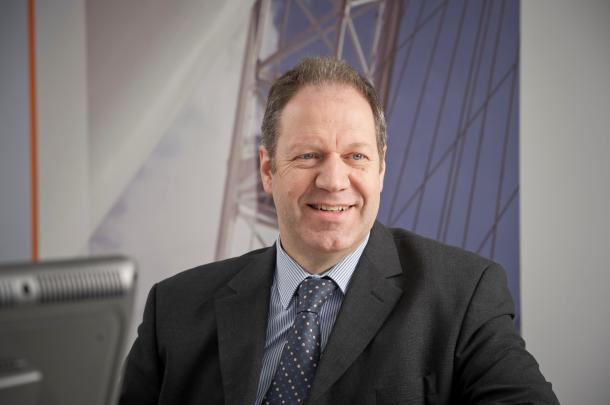The Programme Director of the Quantity Surveying degree at the University of Greenwich has introduced Causeway CATO into the course and would encourage other universities to do the same.
The Quantity Surveying degree at the University of Greenwich is a very practical and vocational course, in which students learn all the key skills required to be a modern QS. In their studio classes, they conduct everything from feasibility calculations, measurements and whole life costing calculations by hand, whilst producing estimates using Excel spreadsheets. As part of a group of lecturers who meet regularly to discuss the best ways of teaching measurement, Lecturer and Programme Director of the QS degree, Julie Adeline, was keen to find a software package that could support every aspect of their course:
“By talking to other lecturers and examiners, we realised many of them were using Causeway CATO and that the system was highly recommended by universities and QS firms alike. Four of us visited QS professionals using CATO for a demonstration and we were very impressed by how much we could do with the system; everything from feasibility, measurement and estimating to CAD and whole life costing. It was clear why the majority of universities teaching measurement were already using CATO.”
Impressed with the solution, Julie’s application for funding was aided by the fact that other courses at the university, like Building Surveying and Design and Construction Management, would also benefit from the modules within CATO that address processes like CAD and feasibility. Now set to introduce CATO to the QS degree course in September 2012, Julie is sure she has made the right decision and would urge others to do the same:
“It’s very important to us that our students leave university capable of undertaking every key skill expected of a modern QS, one of which is certainly the use of modern software like Causeway CATO. For that reason, I believe learning to use CATO will be an invaluable experience for the next generation of Quantity Surveyors and would encourage anybody teaching a Quantity Surveying degree to invest in the solution.”



